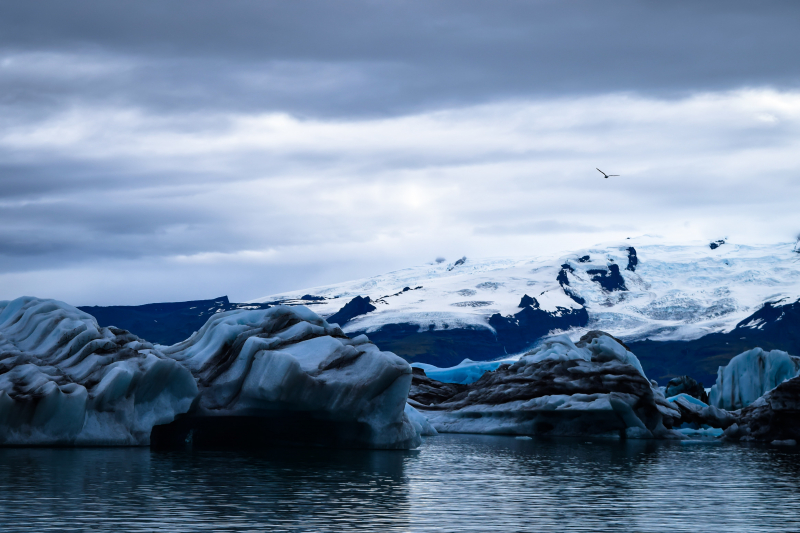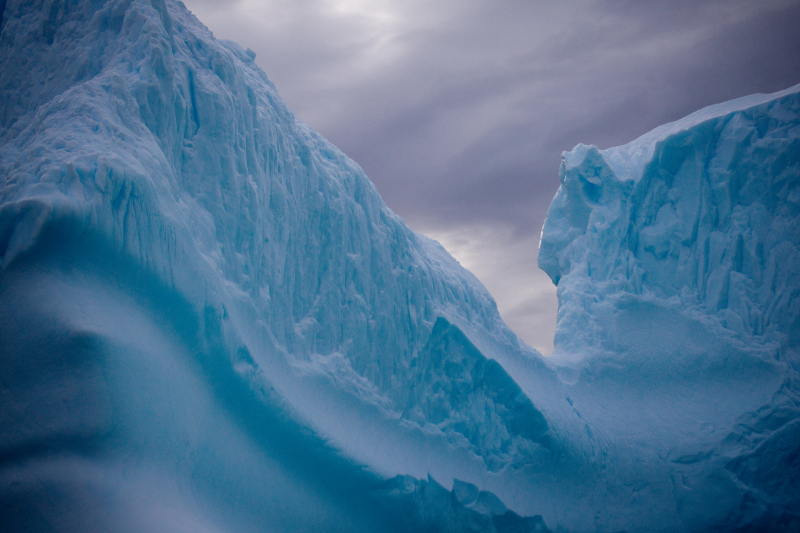The Cambrian Explosion
For billions of years, the majority of life on Earth consisted of single-celled organisms and very primitive multicellular animals. After that, the Cambrian Explosion, also known as the Divergence of the Species, occurred roughly 540 million years ago. On an evolutionary scale, the time it took for nearly all major animal groupings to appear in the fossil record was only about 20 million years.
However, what specifically set off the Cambrian Explosion? Despite the fact that numerous scientists have investigated it, there is no definitive solution to that question. According to a widely accepted theory, the event was precipitated by an abrupt and significant rise in atmospheric oxygen concentrations to levels resembling those of modern times. Yet, a second study contends that the Cambrian Explosion was caused by a scarcity of oxygen, not an abundance, and makes the exact opposite claim.
According to proponents of the Snowball Earth theory, the early Earth may have experienced a severe ice age that rendered the majority of the planet's surface frozen, and that it was the end of this ice age that resulted in the fast diversification of species. Others contend that the explosion was actually a succession of successive "pulses of evolutionary innovation," rather than a single, catastrophic occurrence. Undoubtedly a significant moment in the history of life on Earth, the Cambrian Explosion is still a mystery to scientists.












